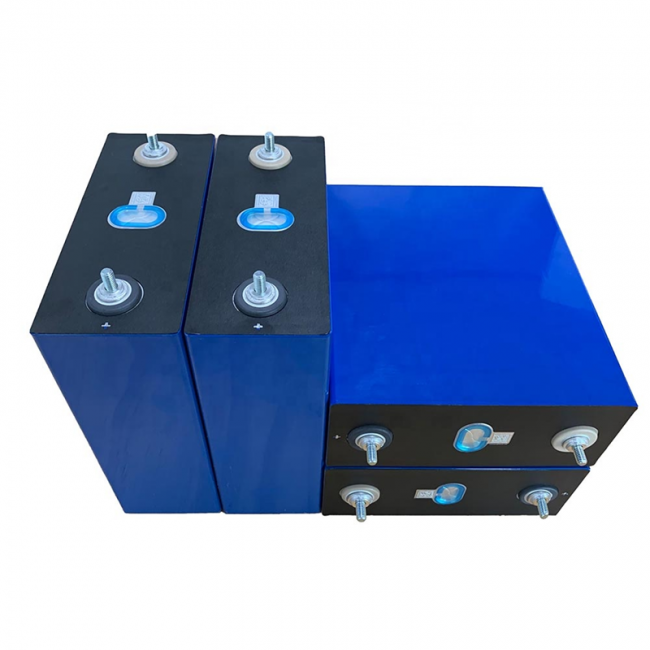
Lithium-ion batteries are a much newer innovation and have only been around for the last 25 years. Over this time, lithium technologies have increased in popularity as they have proven to be valuable in powering smaller electronics – like laptops and cell phones. But lithium wasn’t commonly used to create large battery banks because of catching fire.
Then came along lithium iron phosphate (LiFePO4). This newer type of lithium solution was inherently non-combustible, while allowing for slightly lower energy density. LiFePO4 batteries were not only safer, they had many advantages over other lithium chemistries, particularly for high power applications.
LiFePO4 batteries are best known for their strong safety profile, the result of extremely stable chemistry. Phosphate-based batteries offer superior thermal and chemical stability which provides an increase in safety over lithium-ion batteries made with other cathode materials. Lithium phosphate cells are incombustible, which is an important feature in the event of mishandling during charging or discharging. They can also withstand harsh conditions, be it freezing cold, scorching heat or rough terrain.
More than long life, slow self-discharge rate and less weight make lifepo4 batteries an appealing option as they are expected to have a longer life than lithium ion battery.
If you’re selecting a lithium battery and anticipate use in hazardous or unstable environments, LiFePO4 is likely your best choice.
Welcome to send inquire.